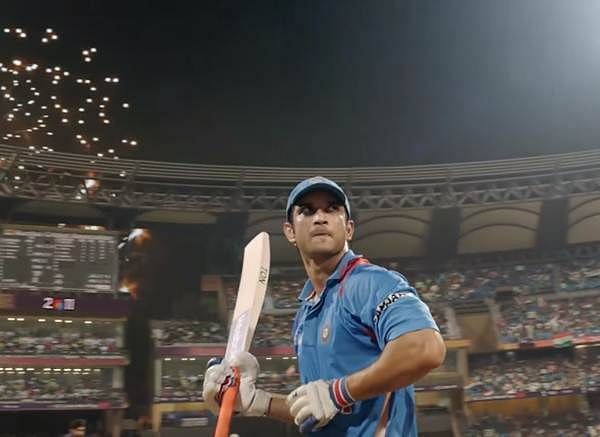
Sushant Singh Rajput's immortalization of one of India's biggest sporting icons provides a template of sporting lessons to be used in life
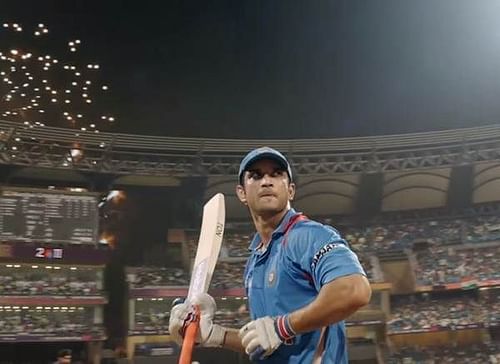
The once in the century pandemic, frequent tremors, cyclones, a rogue state gone berserk and death of personalities, across the fields. The year 2020 has given us too many shocks. Amidst all these, when young Sushant Singh Rajput passed away, we almost grieved in unison - ‘Gone too soon’.
In the realm of Indian sports, Sushant immortalized the character of India’s one of the greatest sporting legends, MS Dhoni. The fact that how seamlessly his character blended with the role of the former Indian captain could be gauzed from a tweet of Australian cricketer, Shane Watson.
The tweet read, ‘I can’t stop thinking about #sushantsinghrajput. It’s just so tragic!!! In the Untold Story, at times you forget whether it was Sushant or MSD. Amazing portrayal and now the world is much poorer with him not here in it #gonetoosoon.’
Why would, someone so young, so talented and with so much of potential left, end his life like this? The fact that despite being an outsider, he was able to make his mark in family and coterie drove Bollywood, speaks volumes about his character. So, even if his journey had hit a relatively challenging terrain, why should he take his own life?
Many of the most popular sportspersons - both past and present, asked me almost the same set of questions when I called them up. One of the sportspeople, in the condition of anonymity, said:-‘Sushant looked like someone from our fraternity. He had sportsperson like innocence. He had no background in films in terms of his family legacy or the region he came from. Like many of the Bihari boys, he would have completed his engineering, done his MBA and would have been in a high-profile position in an MNC. Maybe he would have chased his dream in the world of physics. But his passion brought him to television and cinema. Similar passion brings many of us to sports. He started making his mark there. Unfortunately, he ended his life. There was a phase in my life when I too thought of ending my life. The entire episode could be better understood by decoding suicide cases in sports?’
Indian speedster Mohammed Shami, recently claimed that he thought of committing suicide thrice while battling personal issues a few years ago. Shami, who opened up on his personal and professional life during an Instagram Chat with teammate Rohit Sharma said that his family members kept a watch over him all the times and they feared he 'might jump' from their 24th-floor apartment.
India cricketer Robin Uthappa revealed in an interview that there was a phase in his life between 2009 and 2011 when he was clinically depressed and continuously entertained thoughts of committing suicide by jumping off his balcony. He said, despite cricket being his passion, he had lost touch with it mentally and was only struggling to survive one day at a time.
Former India pacer, Praveen Kumar, who played for India, said in the interview that he wanted to commit suicide with his revolver on a highway to Haridwar. But he decided to not go ahead with it after seeing a photograph of his children inside the car.
A Tripura U-19 women’s cricket team player Ayanti Reang was found hanging from the ceiling of her room during the lockdown. According to vernacular daily, the 16-year old was the youngest of four siblings and was quite promising.
Parvinder Chaudhary, an 18-year-old athlete who represented India at the international level, committed suicide by hanging himself from a ceiling fan at the capital’s Jawaharlal Nehru stadium. He took the extreme step after an argument with his father over monetary issues. His fellow trainees and staff at the stadium were shocked as the athletes showed no signs of depression while training through the day.
Former India opener and national selector VB Chandrasekhar ended his life by hanging himself at his house. He was under a lot of stress due to debts and his deteriorating health. Close to former BCCI President, N Srinivasan, Chandrasekhar was instrumental in getting MS Dhoni to the Chennai Super Kings.
In May 2015, in a horrific incident, four young female athletes at the Sports Authority of India centre in Alapuzha, Kerala attempted suicide. One of the athletes, a 15-year-old died early and three others were hospitalized after they ate a poisonous fruit in an apparent suicide pact following alleged harassment by her seniors.
Former India football captain, VP Sathyan committed suicide by jumping in front of a train in Chennai. Sathyan donned the India colours for 15 years from 1980. Police recovered a suicide note written in English from his pocket. The note which was addressed to his wife read:-‘I am vexed in life as I have lost all my wealth and got habituated to drinking and gambling. I had a lot of respect and admiration in society as long as I represented India. I don’t want to live in this world any more.’
Sportspersons are also from the same planet, same ecosystem
Ironically, on one hand, sports and physical activities are supposed to be essentials for mental wellness. But on the other hand, its biggest exponents are so vulnerable to suicidal tendencies? Why?
Firstly, we need to understand that sportspersons don’t come from the other planet. They are from the same ecosystem, which has seen a surge in such cases in recent years. India, one of the youngest countries in the world, with the median age of 29 years, has the highest suicide rate in the world among the youth standing at 35.5 per 100000 people for 2012, the last year for which numbers are available.
As per the National Crime Records Bureau, in 2015, every hour one student commits suicide in our country. Secondly, suicide and depression have nothing to do with mental toughness or the lack of it. As other parts of our bodies could get ill, so can be the case with our brain. While, writing the book, ‘She Dared: Women in Indian Sports’- I had detailed discussions with several leading athletes of the country.
Amongst all of them, if I am asked to choose one in terms of mental toughness in the face of challenges faced in personal and professional life, it has to be MC Mary Kom. But there was a time in her life as well when she had lost her passport, she thought of jumping from the train and ending her life. Fortunately, she changed her mind and the rest is history.
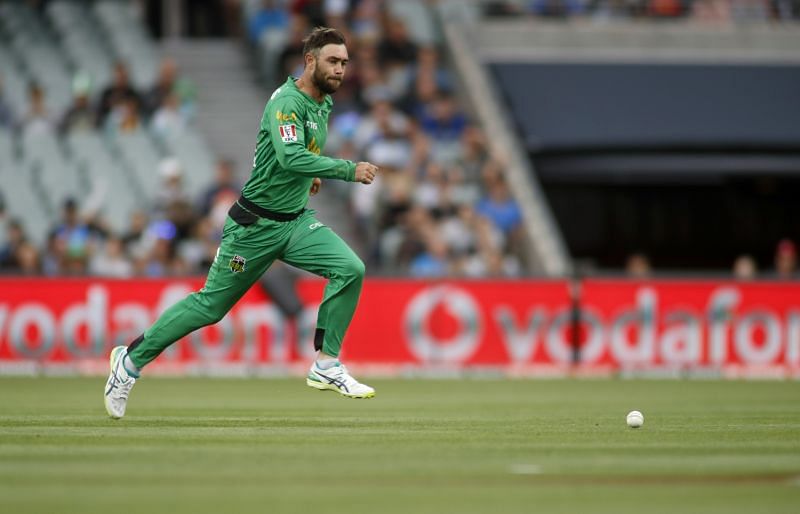
The problem is not confined to India only. Mental issues have plagued sportspersons across the globe. Michael Phelps, Serena Williams, Rafael Nadal, Glen Maxwell, Andrew Flintoff, Marcus Trescothick, Steve Harmison, Jonathan Trot and many others have opened up about their issues. And, this has helped us with a better understanding of the matter. In David Frith, the former editor of Wisden Cricket, we have the only expert in the subject of the speciality of the cricketers who kill themselves.
What is the gist of what Frith has to say? In his book, Silence of the Heart, he writes -‘Professional sportspersons like rock-stars, peak early. They can be rich and famous at an age when most of us have hardly worked out who we are. If they survive the drugs and burn-out, rock stars can go on playing second-rate seaside resorts ad infinitum. But when the cheers die down for a sporting champion, the silence can be deafening’.
There is a subtle difference of opinion, between David Frith and former cricketer and cricket writer Peter Roebuck, who wrote the forward of the first edition of his book. Ironically, years later Roebuck, himself ended his life. David Frith writes:- ‘And there is the unique nature of cricket itself, a game that encourages contemplation and perhaps, a dangerous introspection. It’s uncertainty, day-in and day-out, that plays a sinister beat on the soul. Matches, big or small, take a long time to unfold. Perhaps having endured a long journey to the ground a batsman can stand for hours in the field envisaging what fate might await him….Is it not likely that years of this sort of apprehensions have a lasting effect on personality?’
Roebuck had a different point of view. It’s the nature of cricket which attracts such personalities. In the foreword of the old edition of David Frith’s book, By His Own Hand, Roebuck wrote:- ‘Cricketers are supposed to be simple, even gung-ho, in sexual matters as in everything else. And yet cricket-and most cricketers- has dark secrets, its skeletons’.
Mike Bearley, who writes the foreword for the second edition of David Frith book says, “For a batsman, getting out means leaving the arena altogether and being hors de combat for hours or days- a symbolic loss or death. In this way cricket helps us, I imagine, to learn to accept the pain of loss."
Cricket, for him, is so close to real life. Frith concludes his book with the observation-“The great majority was beset by deteriorating health, acute financial anxiety, and helplessness, addiction to the bottle, marriage or sexual problems, or a kind of intrinsic instability. But two things undoubtedly emerge out of this. Suicide is unpredictable, those with sunniest smiles can be most vulnerable. And there is a legitimate concern that goes beyond cricket about what happens to sportsmen when they retire. And so far, sport has hardly begun to address it."
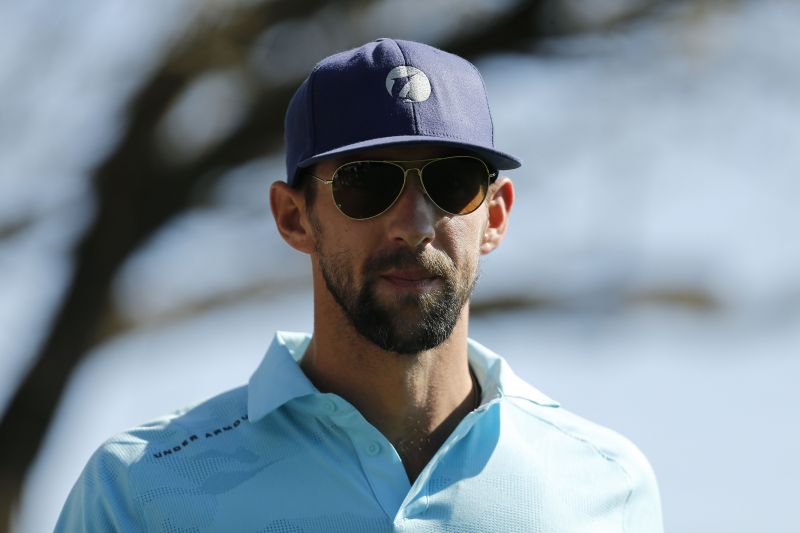
Beyond the boundaries of cricket, there are reasons to believe that sportspersons are more likely to get depressed than the common man. Firstly, being the role models, the common man puts them on a high pedestal and expects that they are exempted from all fragile emotions. After a while, they start believing that they have to live up to these expectations.
Like Michael Phelps, winner of 28 Olympic gold medals said in an interview - ‘After every Olympics, I fell into a major state of depression. The hardest fall was after the 2012 Olympics when I didn’t want to live anymore. That was when I realized I needed help’.
Secondly, a professional sportsperson's lifestyle entails extensive travelling, long stretches away from the family, lonely time and day in day out rigorous routine. To add on to this, as they are supposed to be mentally tougher, they hesitate to reach out for help. People under the spotlight have a sense of shame about how they are feeling because there is a stigma attached to mental issues. They lack the courage to disclose and seek help because they feel they will be labelled weak.
What is the way out?
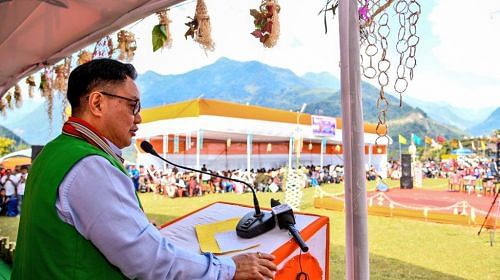
India has got a huge demographic dividend and the rising cases of suicides and depressions amongst the younger age groups are a matter of great concern. This needs to be addressed with a sense of urgency. Firstly, effective national suicide prevention objectives need to be designed. The focus should be to enhance surveillance and research, identify and target vulnerable groups, improve the assessment and management of suicidal behaviour, promote individual and environmental protective factors.
Apart from this, there should be a way to increase awareness through public education, improve societal attitudes and beliefs and eliminate stigma towards people with mental disorders or who exhibit suicidal behaviours, encourage the media to adopt better policies and practices towards reporting suicides and support individuals bereaved by suicides. Secondly, India needs to go back to its strong ancient foundation of emphasis on holistic growth and well being instead of overemphasis on material achievements. Thirdly, we need to tell our youth, success is not the matter of life and death. It’s OK to fail.
In sports, the Sports Authority of India in tandem with the sports federations should take proactive steps to address mental concerns of the athletes. Firstly, an environment needs to be created wherein the upcoming, present and former sportspersons should be encouraged to seek answers to the issues impacting them mentally.
As the first major baby step, SAI could come up with round the clock functioning helpline manned by the professionals where any athlete facing any such issue could call and seek help with confidence. Secondly, the selection committees of different sports could be extended to include a psychologist or the counsellor as well.
They should be in constant touch with the players who are currently out of favour or who are in the last legs of their careers. Thirdly, we need to have a better social safety net and a constant channel of communication with the players who have retired- so that they don’t feel unwanted.
Sushant Singh Rajput has gone too soon. Time has come, when we wake up and start working for an ecosystem- where no Sushant leaves us like this.